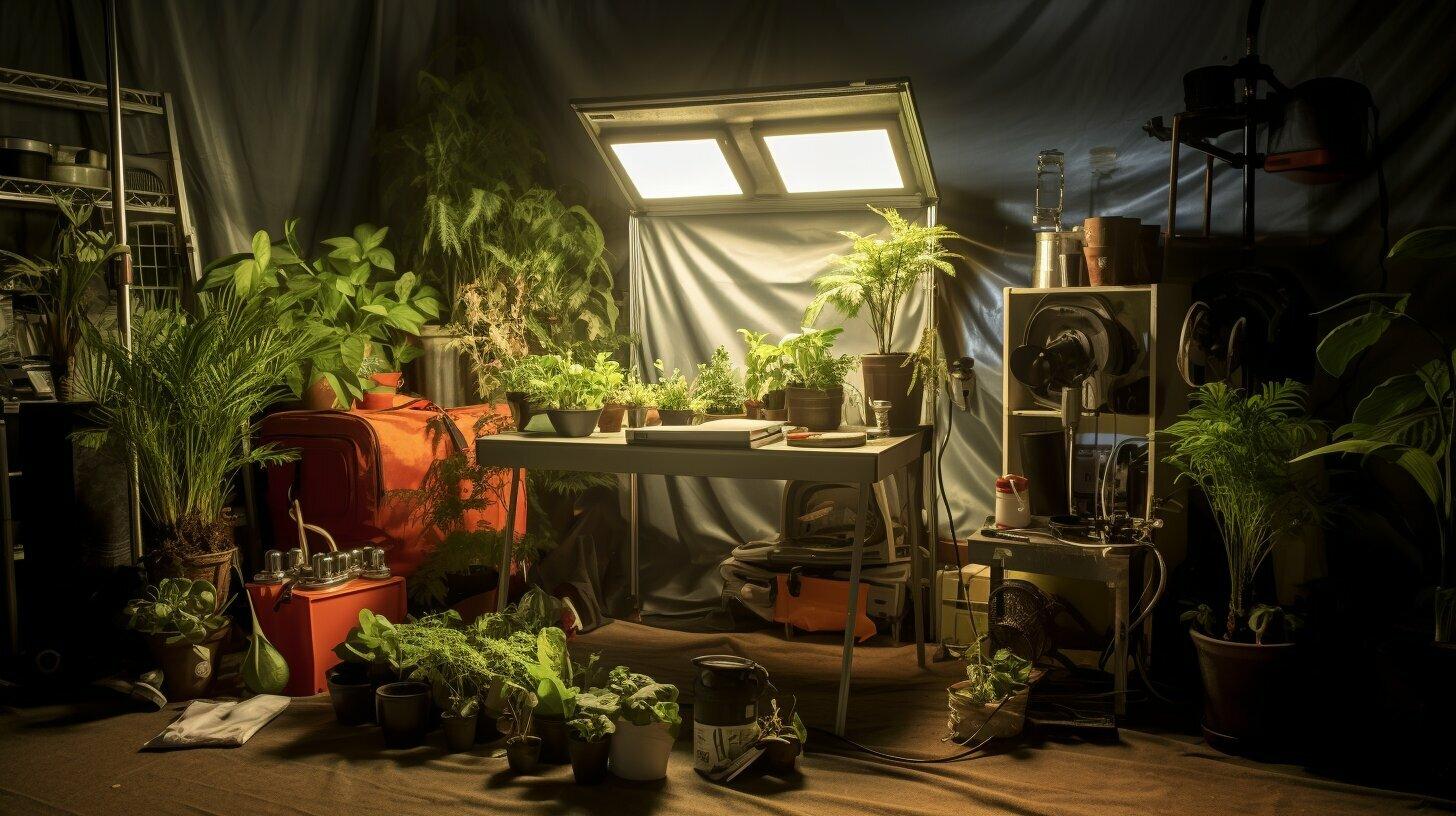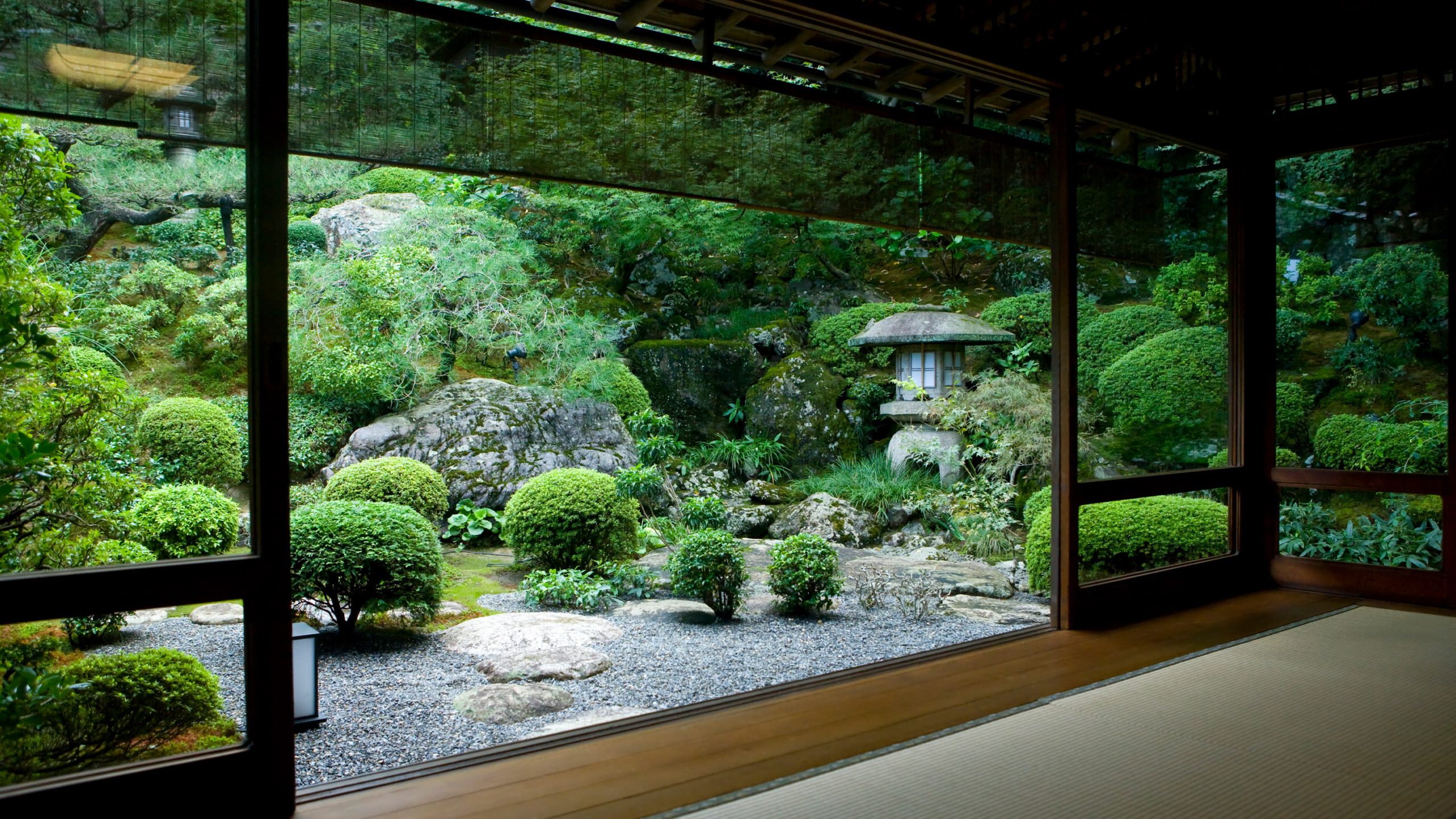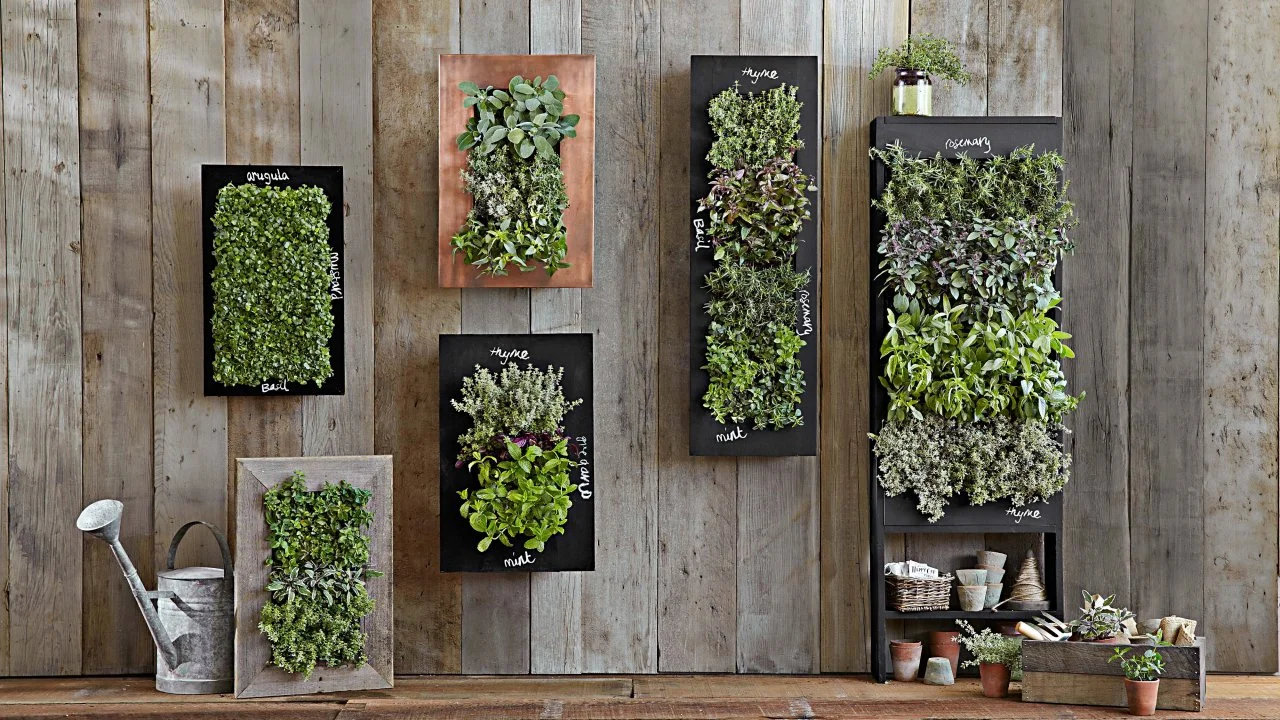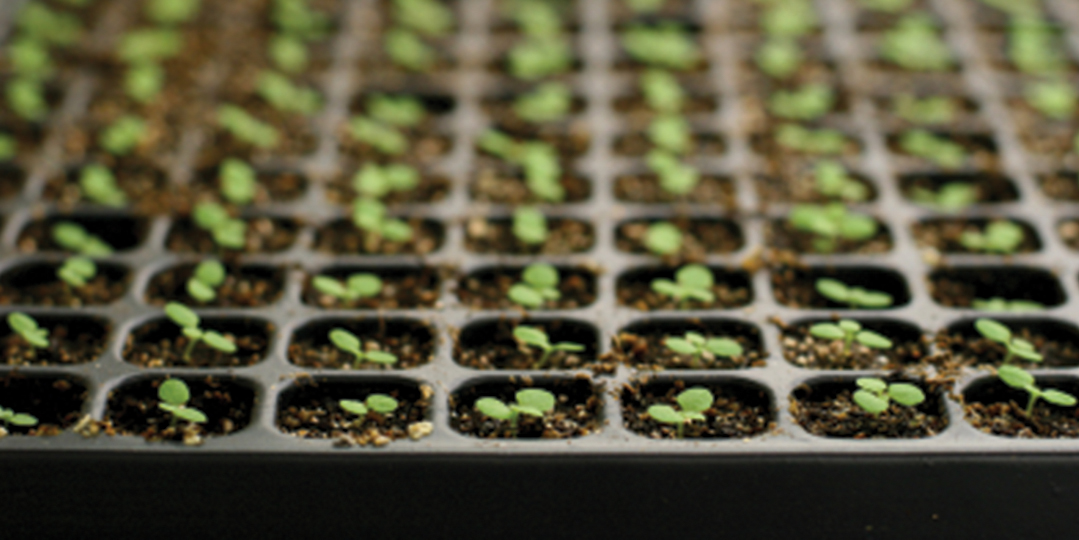Outdoor gardening is a rewarding hobby that allows you to connect with nature, grow your own food, and create a beautiful outdoor space. Whether you have a small balcony or a large backyard, there are countless opportunities to cultivate plants and flowers.
Planning Your Outdoor Garden
1. Choose the Right Location:
- Sunlight: Most plants require at least 6-8 hours of sunlight per day.
- Soil: Ensure the soil is well-draining and rich in nutrients.
- Space: Consider the size of your garden and the types of plants you want to grow.
2. Select Your Plants:
- Climate: Choose plants that are well-suited to your local climate.
- Sunlight: Consider the sunlight requirements of each plant.
- Soil Type: Select plants that thrive in your specific soil conditions.
- Maintenance: Choose low-maintenance plants if you have limited time.
3. Prepare the Soil:
- Remove weeds and debris.
- Till the soil to a depth of 8-10 inches.
- Add compost or other organic matter to improve soil fertility.
Planting Your Garden
1. Direct Sowing:
- Plant seeds directly into the garden bed, following the instructions on the seed packet.
- Cover the seeds with a thin layer of soil.
- Water gently and keep the soil moist.
2. Transplanting Seedlings:
- Harden off seedlings by gradually exposing them to outdoor conditions.
- Plant seedlings in the garden, ensuring they are at the same depth as they were in the pot.
- Water the seedlings thoroughly.
Caring for Your Garden
- Watering: Water your plants regularly, especially during dry periods.
- Fertilizing: Feed your plants with a balanced fertilizer to promote healthy growth.
- Weeding: Regularly remove weeds to prevent competition for nutrients and water.
- Mulching: Apply a layer of mulch to conserve moisture, suppress weeds, and improve soil health.
- Pest and Disease Control: Monitor your plants for pests and diseases and take appropriate action.
By following these tips, you can create a beautiful and productive outdoor garden that brings joy and beauty to your life.



